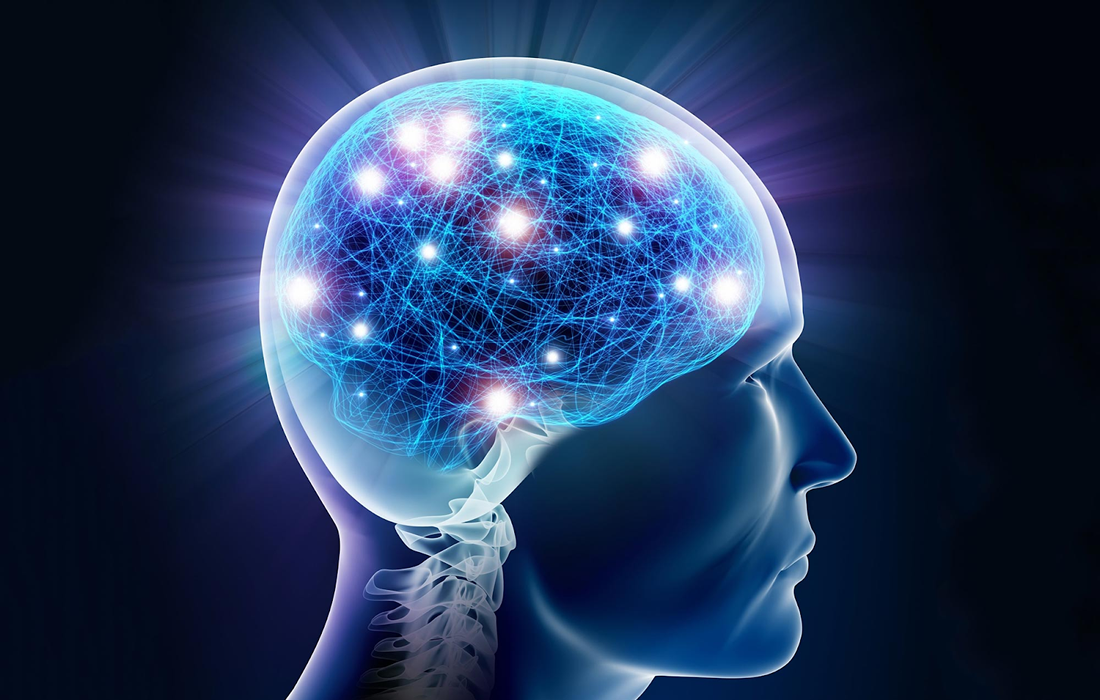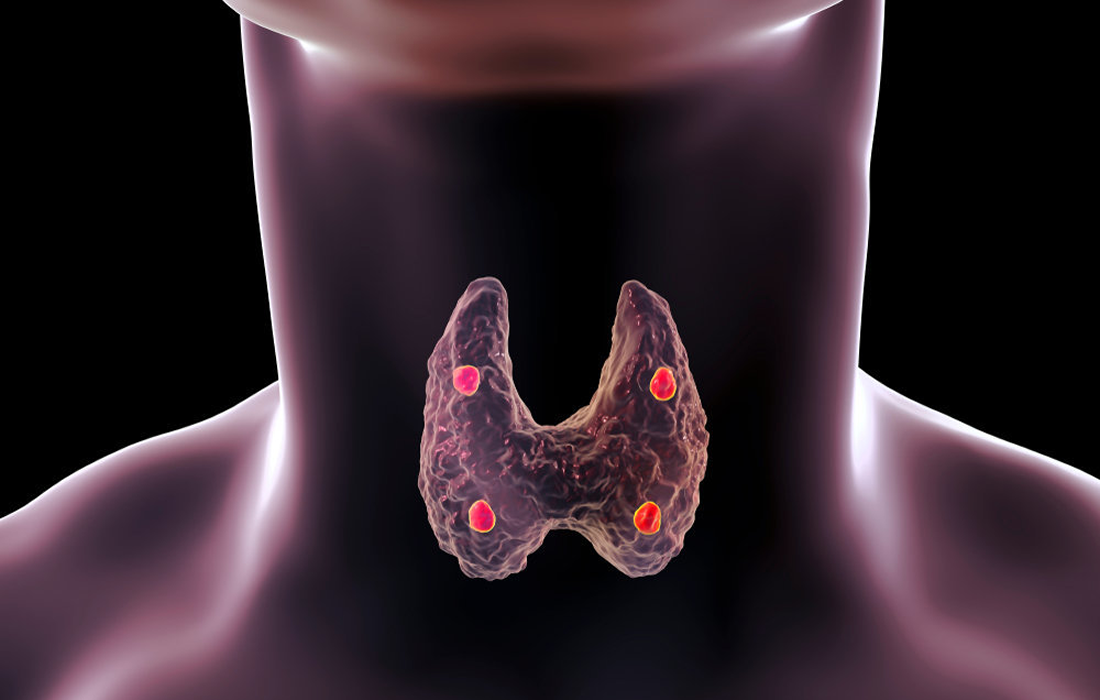Obesity may be caused or maintained by enhanced neurobehavioral responsiveness to food-related cues in the environment. Consistent with this hypothesis, a number of neuroimaging studies have demonstrated increased activation among overweight individuals in response to food pictures within regions subserving reward, emotion, memory, and sensorimotor functioning, and reduced activation in regions subserving attention and self-regulation, […]
Author Archives: Gabriel Piña, MD
The human immune system is made up of two interconnected branches: the adaptive immune system, which learns something new with every infection and constantly develops over the course of a lifetime, and the innate immune system, which is less specialized but reacts particularly quickly and effectively. The cells of the innate immune system are located […]
It is well documented that regular physical activity is associated with reduced risk of cardiovascular disease and premature death. In 2018, the United States Department of Health and Human Services’ Physical Activity Guidelines for Americans recommended that adults engage in at least 150-300 minutes/week of moderate physical activity or 75-150 minutes/week of vigorous physical activity, […]
Age-related macular degeneration (AMD or ARMD) is the most common cause of irreversible vision loss in the developed world. AMD is associated with the presence of drusen, without visual loss early in the disease. However, the disease often slowly progresses over years to retinal atrophy and central retinal degeneration with associated loss of central vision. […]
Muscular dystrophy (MD) is a collective group of inherited noninflammatory but progressive muscle disorders without a central or peripheral nerve abnormality. The disease affects the muscles with definite fiber degeneration but without evidence of morphologic aberrations. Duchenne muscular dystrophy (DMD) is a rare, inherited disorder that mostly affects males. It’s caused by mutations on a […]
Aging involves complicated plot twists and a large cast of characters: inflammation, stress, metabolism changes, lipids and many others. SGDGs (3-sulfogalactosyl diacylglycerols) are a class of lipids, also called fats. Lipids contribute to the structure, development, and function of healthy brains, while badly regulated lipids are linked to aging and diseased brains. However, lipids, unlike […]
High blood pressure, or hypertension, is the most common primary diagnosis in the United States, and it is one of the most common worldwide diseases afflicting humans and is a major risk factor for stroke, myocardial infarction, vascular disease, and chronic kidney disease. According to the American Heart Association (AHA), approximately 86 million adults (34%) […]
Scientists have recorded the first direct evidence that babies react differently to various smells and tastes while in the womb by looking at their facial expressions. A study led by Durham University’s Fetal and Neonatal Research Lab, UK, took 4D ultrasound scans of 100 pregnant women to see how their unborn babies responded after being […]
The parathyroid glands usually are four delicate structures 3–4 mm in size, situated close to the thyroid gland, and functionally maintain calcium homeostasis by secreting parathyroid hormone (PTH). Calcium is an essential element for the nervous, muscular, and skeletal systems. Parathyroid glands consist of chief and oxyphil cells; the former express calcium-sensing receptors (CaSR) and […]
Stargardt disease is the most common form of inherited juvenile macular degeneration. It is caused by a deterioration of the eye’s macula. The condition typically develops during childhood or adolescence, but sometimes does not cause vision problems until later in life. The macula is part of the retina that is responsible for color perception and […]










